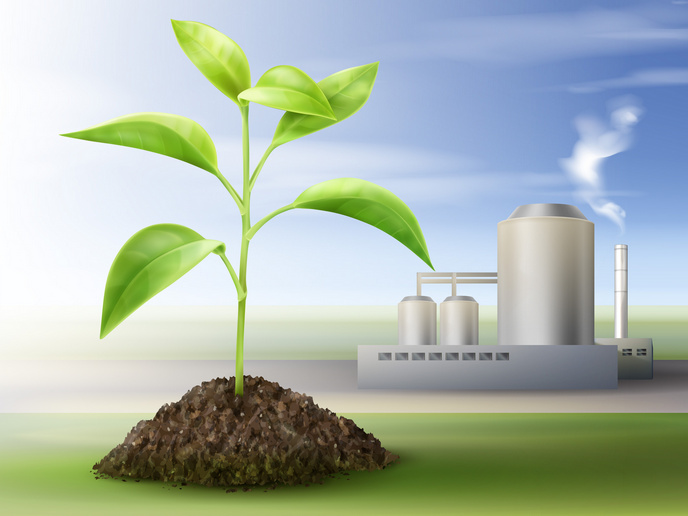Lignin in the chemical industry
Lignin is a natural polymer, but is available in modified forms as industrial side-streams. The industrial lignins cannot be directly used for the production of biomaterials with acceptable product specifications. Therefore, pre-treatment is necessary to reduce sulfur content and odour, and improve the properties of lignin so that it can be used as reinforcing filler in composites and plasticisers. The EU-funded SmartLi(opens in new window) project developed technologies for ensuring high quality lignin raw materials for manufacturers and industrial end users. “Apart from industrial feasibility, lignin materials enhance sustainable processes by reducing greenhouse gas emissions as they reduce our dependency on fossil-based materials,″ explains project coordinator Christine Hagström-Näsi. The project falls under the Bio-Based Industries Joint Undertaking(opens in new window) (BBI JU), a EUR 3.7 billion public-private partnership between the EU and the Bio-based Industries Consortium. BBI JU focuses on transforming biological residues and wastes into greener everyday products through innovative technologies. It therefore fosters the transition from a fossil-based economy to a sustainable bio-based economy, generating growth and jobs. Novel technologies for lignin recovery SmartLi partners developed and tested several protocols for the production of polymeric lignin with improved and constant properties. Using fractionation methods for separating lignin, they were able to recover lignin fractions with equal properties from different starting lignin materials and characterise them. Membrane separation methodologies have also been tested and the lignin fractions analysed in terms of yield, composition and structural features. Furthermore, partners have employed nanofiltration as a non-thermal approach to isolate lignin fractions. The project successfully demonstrated the antioxidant properties of lignin and its use in the production of thermoplastic polymers. Lignin is also expected to add value to composites by improving their flame retardancy. Importantly, lignin and lignin fractions were evaluated for their potential to replace up to 75 % of phenol in formaldehyde resins. Scientists worked to understand the reactions’ mechanisms by employing advanced analytical techniques and assessed the properties of lignin-containing resins in comparison with benchmark industrial recipes. Lignin-based bioeconomy SmartLi set out to develop valorisation routes for lignin sourcing it from pulp and paper industry by-products. The rationale was to support the bioeconomy and replace fossil raw materials, leading to a reduction in greenhouse gas emissions. Achieving resource efficiency is one of the central objectives of the bioeconomy. To ensure the effectiveness of their innovation process, partners performed sustainability and life cycle assessment studies as well as techno-economic analyses for the newly developed lignin-based products and technologies. “Performing economic and ecological assessment at an early research stage is central for the development of sustainable processes and products. Our goal was to identify barriers and incentives responsible for market penetration,″ continues Hagström-Näsi. Overall, the SmartLi will develop valorisation routes for lignin, bringing new bio-based products to the market and replacing non-renewable resources. The innovative technologies optimised during the project have the potential to be integrated in the current industrial landscape for the production of biomass-based products, creating business opportunities and jobs. “At the same time our technologies offer consistent quality to the lignin products, significantly facilitating their up-take into markets,″ adds Hagström-Näsi. Lignin-based products, which in some cases are even safer than products currently on the market, provide a greener alternative, supporting the global commitment to building a strong bio-based industrial sector.







